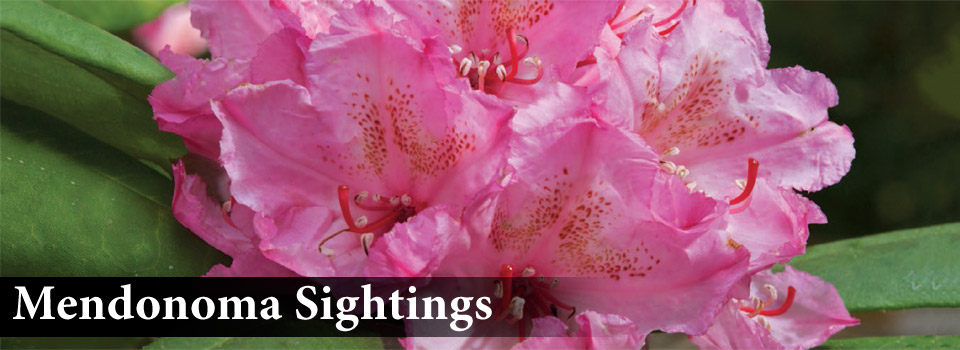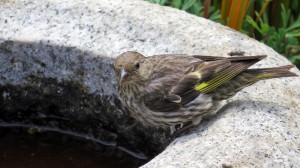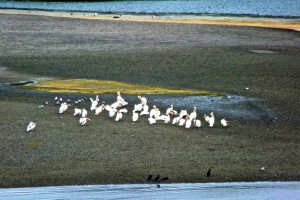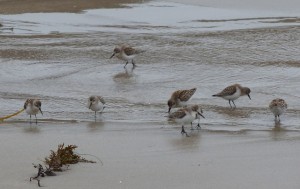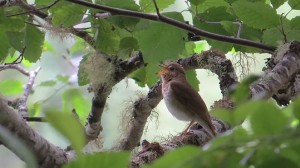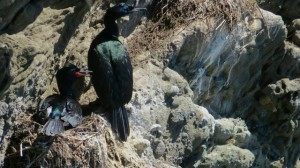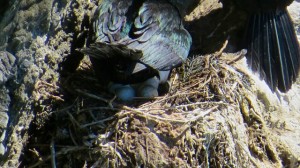Pine Siskins are named for their love of seeds of Pine trees. They also are attracted to thistle feeders. Richard Kuehn recently photographed one near his home on The Sea Ranch coming for some water.
Pine Siskins are slightly smaller than American Goldfinches. They are year round residents of the Coast.
I love seeing these little birds at my thistle feeder. They seem to get along well with the Goldfinches that also feed there. And one enterprising Acorn Woodpecker has discovered the feeder as well, to the displeasure of the Siskins and Goldfinches.
To hear their call, here's the link to the Cornell Lab of Ornithology: http://www.allaboutbirds.org/guide/pine_siskin/sounds
Thanks to Rich for allowing me to share his photo. To see a photo of a Pine Siskin that landed on George Anderson's finger, here is the link: http://www.mendonomasightings.com/2012/11/09/a-pine-siskin-lands-on-george-andersons-finger/
